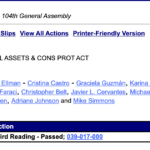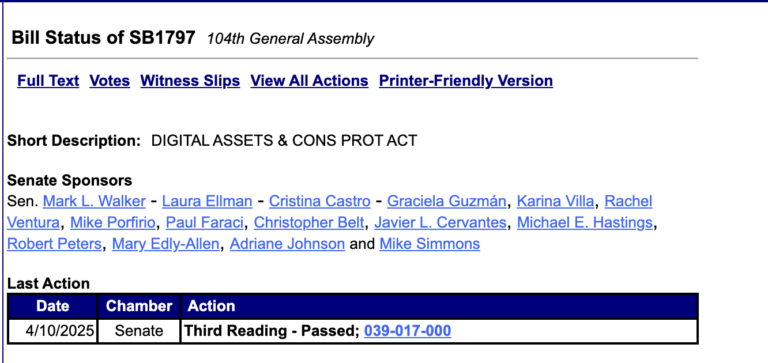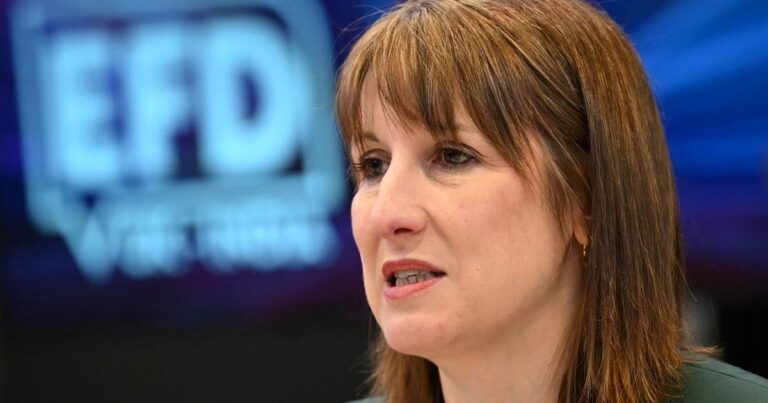When President Trump introduced us to the “Buy American, Hire American” executive order in April, his electoral base applauded the decision to stand up for American workers. The Administration’s order is a noble one in theory – focusing on hiring American workers to bolster our domestic economy by using American labor and products – but the order fails to acknowledge the gap between our domestic high-skilled workforce and the needs of the modern century economy. The president’s announcement missed the mark on addressing the genuine issues that our economy and workforce face. In fact, instead of cutting red tape as promised in the campaign, the White House is unfortunately imposing new restrictions on what companies can do and who they can hire. Furthermore, scholars and experts will argue how a tightening of immigration rules could lead to greater outsourcing of American labor and achieve the opposite goal of the president’s executive order. In an op-ed penned by Stuart Anderson, the executive director National Foundation for American Policy, Anderson explains that immigration actually opens up job opportunities for American workers and provides other avenues for employment in the United States. A simple economic reality check by this administration would support that point. While the President’s executive order might score some short-term political wins, both near-term and enduring solutions need to be presented to remedy our growing domestic educational gap, particularly in the “STEM” fields of science, technology, engineering, and mathematics. This deficit is real and forces American businesses today to use high-skilled foreign workers, be they in the U.S. on the H-1B visa, or overseas. The United States is rapidly falling behind other developed countries STEM fields. A recent Program for International Student Assessment study found that US students’ performance in math was 20 points below the OECD average, 24th out of the 33 countries surveyed in science, and barely above average in literacy. That is simply not acceptable. The reality is that our schools are not producing the 21st century workforce our companies need to remain competitive on the global stage. The number of American students pursuing STEM careers is growing at less than one percent each year. That means by 2018 there will be over 200,000 STEM jobs that will go unfilled by American workers. This evidence shows the skills gap is very real. According to data collected by the US Bureau of Labor Statistics, there will be over 1.4 million software-development jobs in the US that will go unfilled by 2020. New figures from the Bureau of Labor Statistics also illustrate worrying evidence “of an expanding skills gap between what Americans can do and what corporate America needs done.” But the last two weeks may offer some hope. The White House has announced a series of actions designed to expand apprenticeships and job retraining for American workers. While details are light, the workforce initiative could provide in-demand skills training to millions of Americans via apprenticeships, an attractive option, particularly those that might forgo a traditional four-year degree. While Ivanka Trump will helm the initiative, I was encouraged to see a role for Secretary of Education Betsy DeVos, who President Trump has said is “working to ensure that our workers are trained for the skilled technical jobs that will – in the future – power our country.” The mission of the Department of Education is to “promote student achievement and preparation for global competitiveness,” and that is exactly the kind of leadership and policies this administration needs to promote. Advocating for smart, up-to-date education policies would be a great way to keep American workers competitive in the global market. Unfortunately, the President missed an opportunity in his executive order to lead a conversation around meaningful reforms. I know just how important it is to champion smart and modern educational policies. When I served as the governor of New Mexico, I shifted the necessary resources – over $1 billion invested in New Mexico’s public schools – towards early education in the classroom and increased access for childhood education. Directing funding and resources towards education – especially education that reinforces STEM skills at early levels – is the shift this administration needs to make to help keep American workers competitive in today’s economy. Directing resources on the national scale toward programs which encourage the elevation of STEM skills should have been the proposal made by the Trump administration in Wisconsin. Instead of disparaging foreign workers, this country should embrace their contributions and recognize their importance in helping the country address a rapidly growing STEM gap. It’s time to have a conversation about modernized policies that keep Americans competitive on the global stage. The “Buy American, Hire American” executive order was a flawed attempt at addressing our growing need for H-1B visa holders. While we must look to solve abuses in the system and ensure visas are given to the best and brightest workers, we must also be aware that major structural changes are needed on education. By including the Department of Education in conversations on the President’s workforce initiatives, perhaps this administration can be a leader in addressing America’s STEM gap. Bill Richardson is the former governor of New Mexico and current co-chair of the American Competitiveness Alliance, an organization dedicated to advancing the United States’ economic competitiveness in the global market.
















